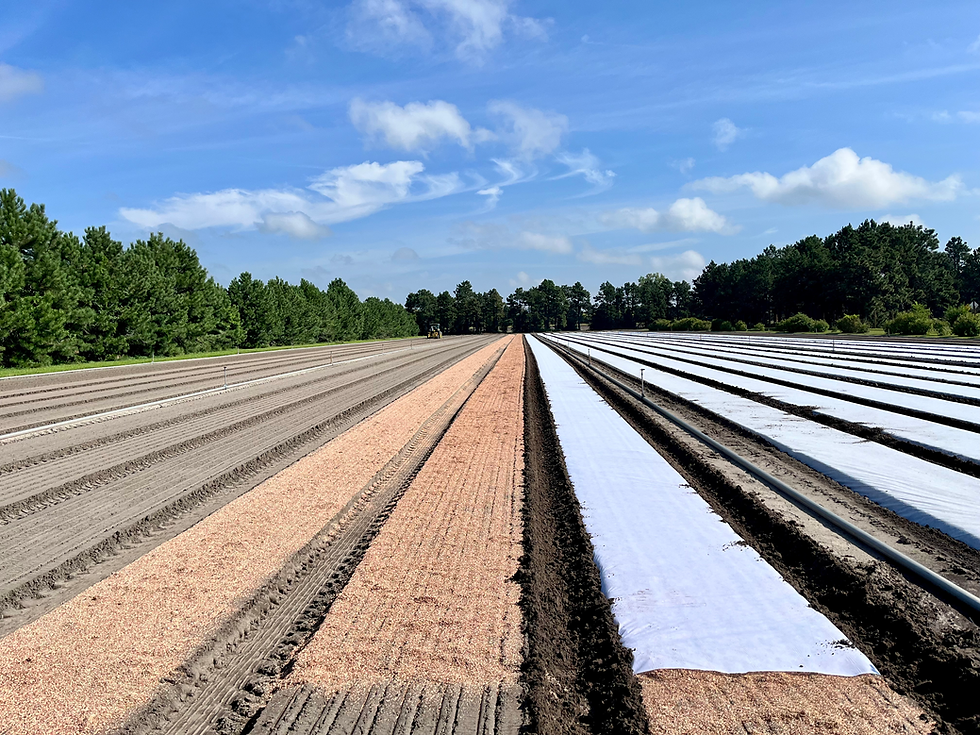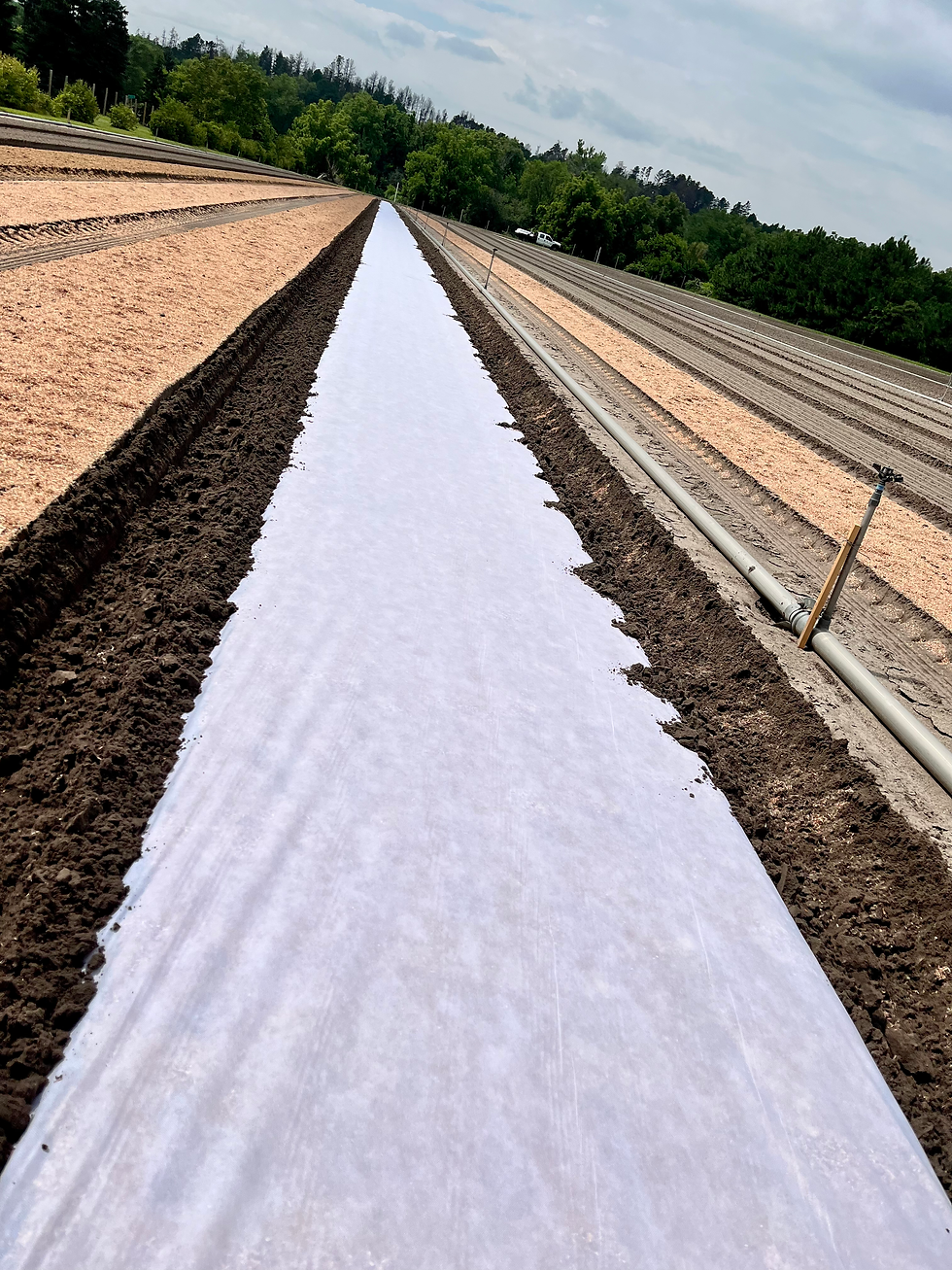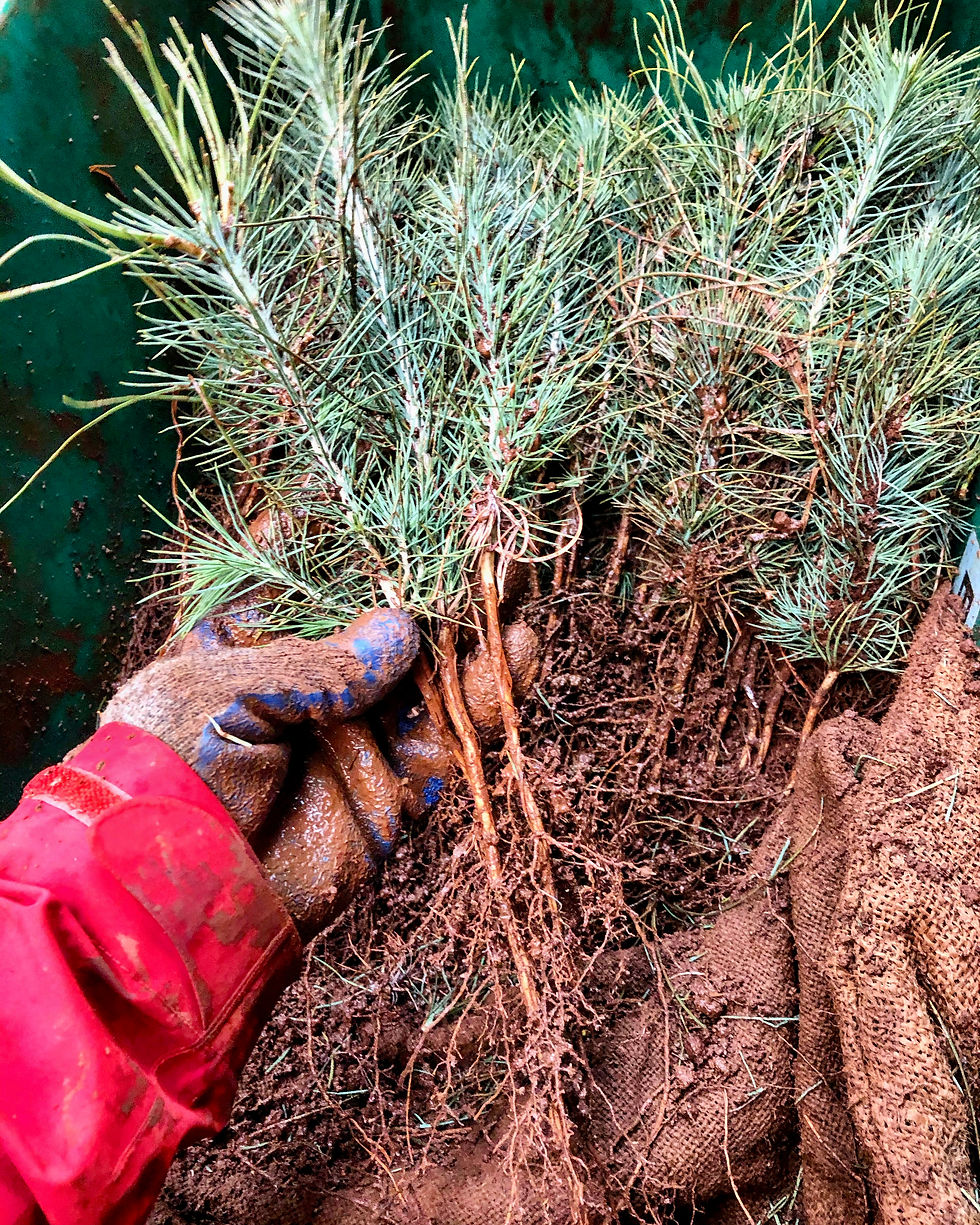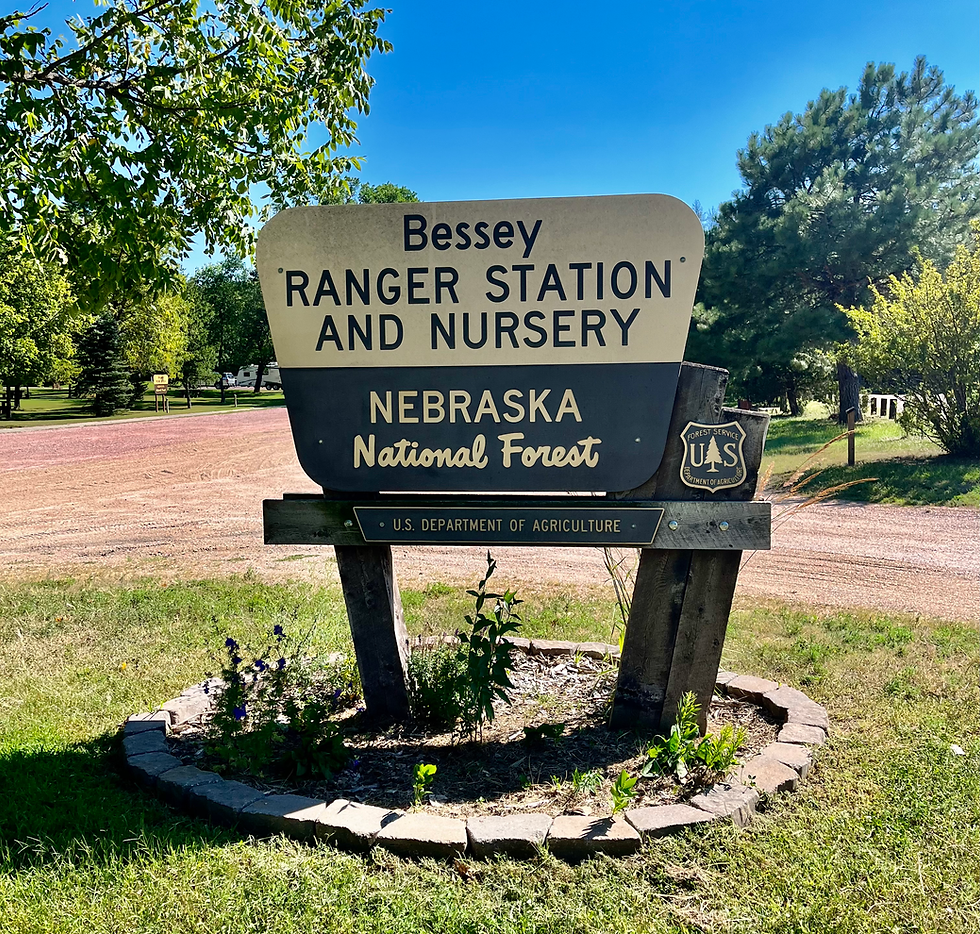Summer Seed Sowing....
- Garrett Keisling
- Aug 11, 2023
- 2 min read
Updated: Oct 29, 2023
There are three times throughout the year in which we will sow seed into the seed beds of the nursery bare root fields; Spring, Summer and Fall. Each planting is done at that exact time for a very specific reason and this is the case for our summer planting of Eastern Red Cedar (Juniperus virginiana) and Rocky Mountain Juniper (Juniperus scopulorum).

Certain species of trees require specific cultural treatments for the seed to break dormancy and germinate properly at an even rate. Many species within the Juniperus genus require a double stratification and this involves the seed going through a period of warmth followed by a period of cold before it will emerge out of dormancy and grow the following spring when temperatures become ideal for germination.
There are several ways through which this can be achieved, either by putting the seed into a cooler to satisfy the cold stratification requirement or by sowing the seed directly into the seed bed. We all know that mother nature does things best, so we allow her to control the process for us and this is why we sow our Juniper seed during the summer months. By putting the seed into the ground in summer it gets the required warm season stratification and by allowing it to rest in the beds overwinter it gets the appropriate cold season stratification that is needed. This way, as the snow melts and springs arrives our seed is ready to go, neatly planted in our seedling beds and ready to come alive for the following growing season.

First, we prepare our fields by tilling our seedling beds with a tractor. Each bed is wide enough for six rows of trees and there are approximately 5 beds between each row of sprinklers.
After the beds are raised the prepared seed is loaded into a specialized seeding machine called an Ojord that is carefully pulled behind the tractor. This machine is precisely engineered to drop seed into the bed at the specific depth and spacing required by each specific species of tree or shrub.

Once the seed has been sown into the bed another tractor comes along that puts down a thin layer of mulch, in our case sawdust from a local sawmill, that helps keep the seedling bed moist, therefor also keeping our seed moist as well.
After the mulch layer is finished, we use a specialized fabric laying machine that covers each row with a strip of agricultural grade fabric to keep the beds nicely shaped and the soil from blowing away during the harsh Nebraska winter. This fabric also creates an added layer of protection during winter and will be removed the following spring as the seed begins to germinate.


Now with our seed planted and neatly tucked away into the seed beds all we must do is keep the ground moist, pay homage to the nursery gods and wait for the seasons to pass before our young crop of Juniper and Cedar come to life the following Spring!




Comentaris